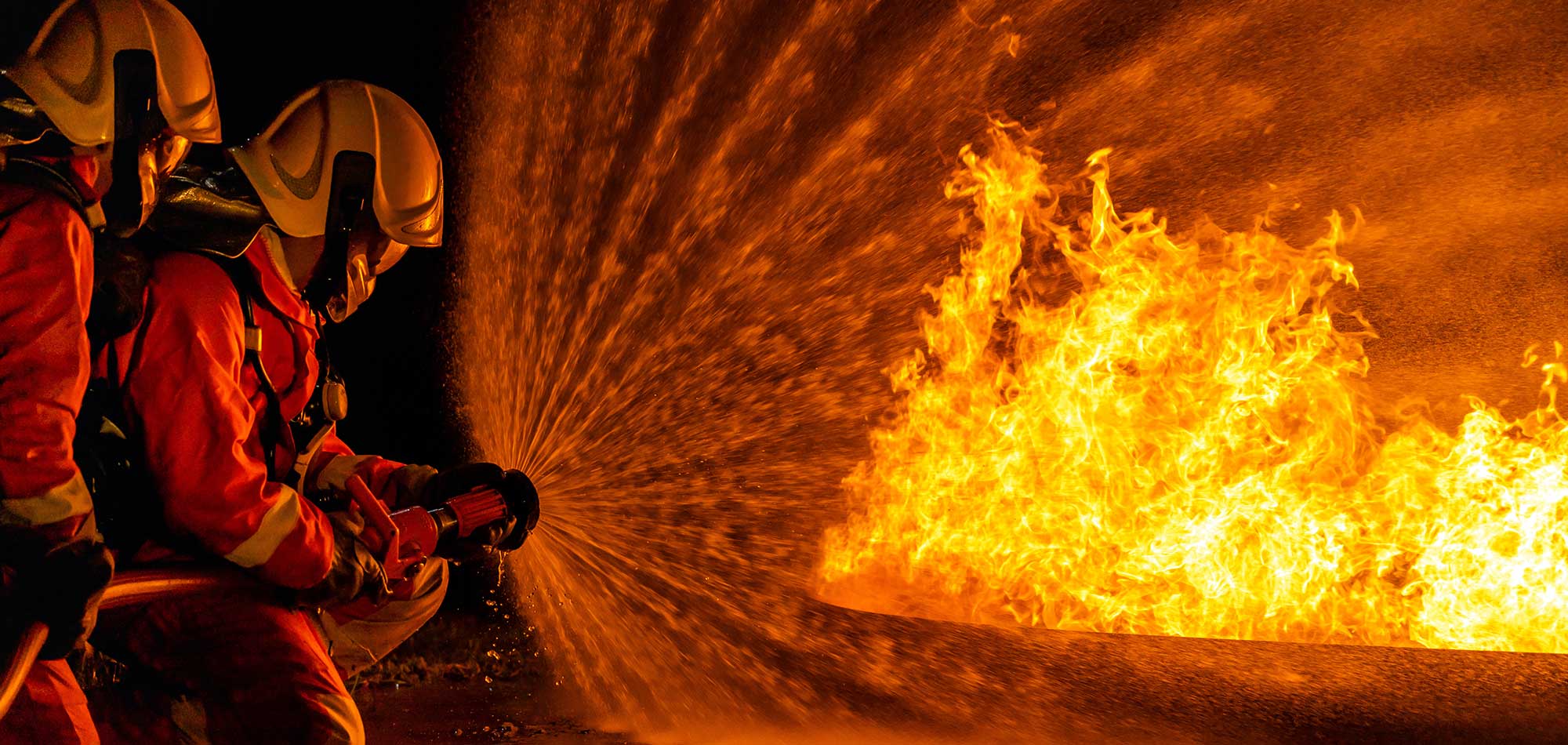With a lot of recent coverage over fire rating classifications, it can be difficult to keep up with exactly what these classifications are. What does it mean if a product is ‘A1″ and what does non-combustibility mean?
To achieve non-combustible and commit to futureproofing construction we need to look at the building materials that we use and how they could interact with different scenarios throughout a building’s lifetime. If you haven’t come across fire ratings much, it can be difficult to understand each of the classifications.
We will walk you through the meaning of each of the reactions to fire classifications, so you can understand exactly what is meant and ensure your building is as safe as possible.
Non-combustibility is something we hear quite a lot when we talk about materials used on the facade of a building. This wasn’t always the case. Unfortunately, this movement in the right direction came down to tragedies that we hope to never see again.
Materials’ combustibility is classified according to the European Classification Standard BS EN 13501-1. These classifications give manufacturers the framework for rating products accurately describing how they react to fire. These reactions are then translated into classifications and assigned to the product. The tests that are carried out look at; does the product ignite and if so, how easily; how quickly the flames spread; how much heat is released when it is aflame; does it produce a lot of smoke; and does it create flaming droplets/burning brands.
By considering all these factors we can create an in-depth picture of a material and how it reacts to fire increasing fire safety. By understanding these reactions, you can choose a material or system that is fit for your purpose, for example, fire resistance.

Reaction to Fire Classification
Classifications range from A – non-combustible to F – high contribution to fire. Non-combustible materials are either classed as A1 or A2. A1 is fully non-combustible and does not progress the fire in any way. This category will categorise the surface spread of flame.
A1: Fully non-combustible – no contribution to the fire at all
A1+A2: Non-combustible
B-D: Very limited – medium contribution
E-F: High contribution and flammable
Smoke Classification (S)
This classification, within the European Classification, refers to the amount of smoke produced by material within 10 minutes of exposure to fire. This ranges from S1 – S3 and follows the reaction to fire classification.
S1: Little to no smoke
S2: The average amount of smoke
S3: Substantial smoke
Droplets/Particles Classification (d)
Droplets are classified between d0 and d2.?These classifications describe the number of flaming droplet particles produced by the material within 10 minutes of being introduced to fire. Flaming droplets allow the fire to move downwards leading to increased spread and injury.
d0: No droplets seen
d1: Some slow dripping droplets
d2: Quite a lot of intense droplets
How can you put this into practice?
All of these are put together to describe the behaviour of a material once exposed to fire. To give you a flavour of how these classifications look we have set out some helpful examples below:
A1: Non-combustible, this will not contribute to the spread of fire
A2-s2, d0: Also non-combustible but will produce a bit of smoke if exposed
B-s2, d2: This will offer a little contribution to the fire but will produce smoke and flaming droplets
F: This is a flammable material that will significantly contribute to the spread of flames
If you have any follow-up questions or want to know more about the Euroclass system for fire rating, just give us a call and one of our team will be more than happy to make sure you have all the information you need.





